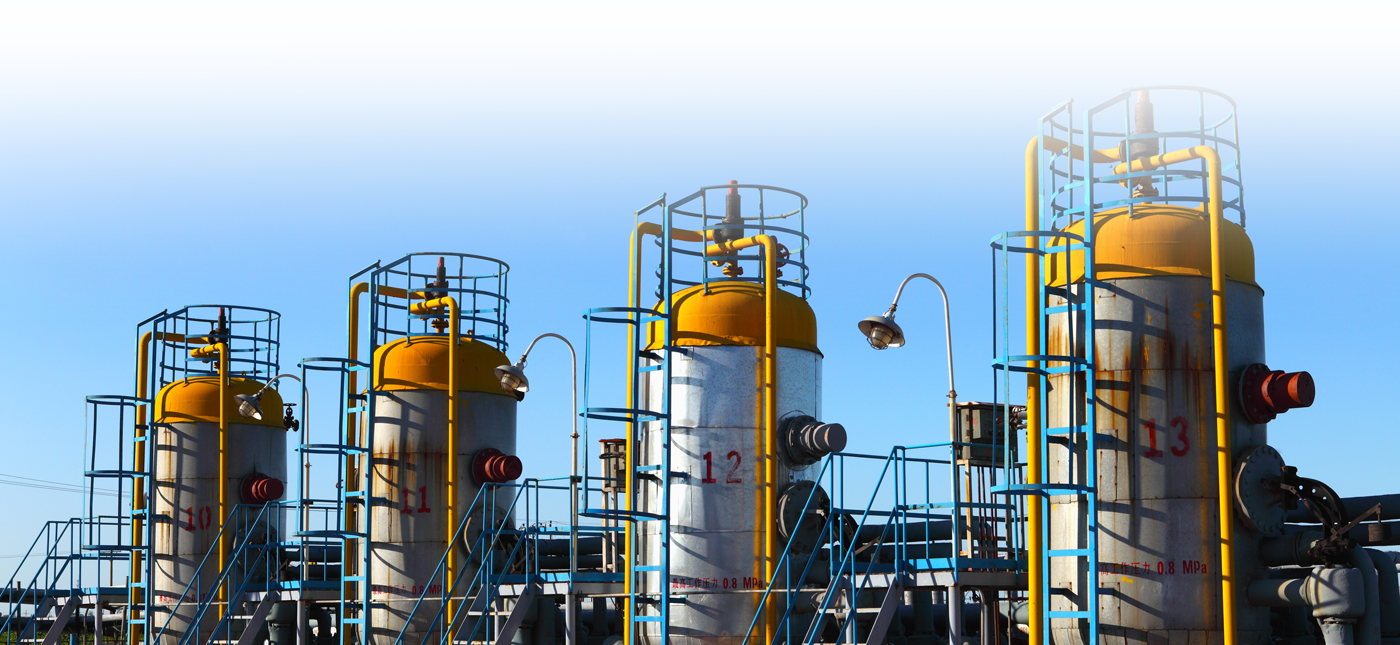Compressor Frames, Skids, and Foundations
Compressor Frames, Skids, and Foundations
Compressor frames, skids, and foundations are subjected to dynamic forces induced by the compressor inertial shaking forces and pulsation induced forces which can cause excessive vibration.
Vibration of the frame of a compressor or engine along the length of the frame, relative to the original crankshaft centerline, is referred to as dynamic misalignment. Dynamic misalignment is a result of flexibility in the engine frame or support structure. Some stationary engine frames are not designed with sufficient strength to sufficiently restrain the frame loads without the additional strength of the skid or foundation. Realizing this, the engineer who designs the foundation or skid must provide a strong support system for the engine or compressor frame.
Designing a reciprocating compressor installation for minimum vibrations and failures requires a complete knowledge of the forces imposed on the system. The crank forces are a function of the combined reciprocating and rotating inertial forces of the power and compressor pistons and rods, plus the pressure loads from the power and compressor pistons. The design philosophy for most units is to minimize the unbalanced inertial forces and/or to provide a stiff skid and concrete foundation. The unbalanced inertial forces can be minimized by the use of counterweights or dummy crosshead weights.
As an aid in designing the foundation, the engine manufacturers provide information on the unbalanced forces and moments at the running speed and second harmonic. These data are a summation of the inertial forces and moments about the center of gravity of the frame. Since these forces are the resultant based on the assumption that the frame is rigid, this information alone is not always sufficient to design a support system. Since the frame is not entirely rigid, individual forces at each bearing cause local frame deflections even though the summation of forces are small.
The rotating unbalance can be corrected by the addition of a counterweight; however, the reciprocating parts produce a variable force which is dependent on the crank angular position which cannot always be eliminated by balancing.
By changing crankshaft counterweights, the amplitude of the primary horizontal and vertical forces can be changed. It is preferable to minimize the horizontal forces even if the vertical forces are increased since the horizontal stiffness of the system is lower than the vertical stiffness. Secondary forces cannot be balanced with counterweights since they vary twice per revolution. Equal weight pistons and rods will reduce the secondary forces, however, multistage integral compressors can have different piston weights.
Anchor bolt tension is a critical factor in controlling frame vibration. The bolt tension stress can usually be increased to about 65 percent of yield stress. It is desirable to use more exact methods for obtaining the desired bolt preload than just the use of a torque wrench. If enough room is available, a hydraulic tensioner should be used. Other methods can be used such as the turn-of-the-nut method or extensionometers. A load cell can be used to calibrate the torque wrench to improve its accuracy.
If the friction force caused by the anchor bolts cannot withstand the shaking forces, it may be possible to reduce the relative vibrations caused by the slipping of the engine on the grout by adding external horizontal restraints ore outriggers. The basic concept involves drilling anchor bolt holes in the present foundation outboard of the engine base. An outrigger is then bolted down and possibly grouted-in to offer a structural member that is rigidly attached to the foundation.
